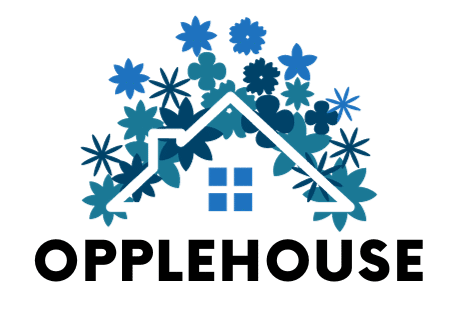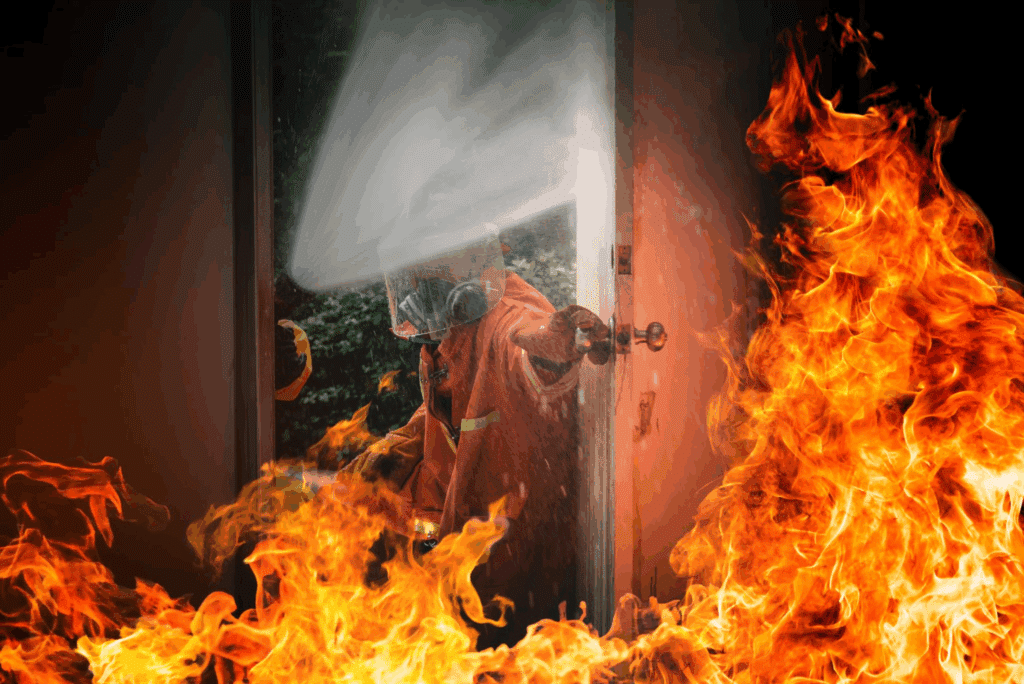The flames are out, the firefighters have left, and you stand in front of what used to be your home. The next two days will determine how much of your house you can save, how quickly you can move back in, and the cost of the recovery.
Here’s what actually happens during those critical first 48 hours, and when a professional fire damage restoration service becomes necessary.
Hour 0-4: The Immediate Aftermath
Right after the fire department clears your property, damage continues to spread even though the fire is gone.
Smoke residue starts to bond with walls, ceilings, and fabrics permanently. The water firefighters used to extinguish the flames begins to seep into the subflooring and wall cavities. Soot particles travel through your HVAC system and settle in rooms that never saw a single flame.
Most homeowners don’t realize this window exists. They assume the worst is over, but acidic smoke residue is actively etching into glass, tarnishing metal fixtures, and discoloring plastics throughout the house. Every hour that passes makes these stains harder to remove.
Hour 4-12: Assessment and Stabilization
This is when you should contact your insurance company and a restoration company. Most policies require immediate notification, and delays can complicate your claim. A fire damage restoration service will send someone to assess the property, usually within hours of your call.
The assessment team documents everything with photos and moisture readings. They’ll identify which areas need immediate attention to prevent permanent loss.
Standing water gets extracted first because mold can start developing within 24 hours in the right conditions. Professionals will also board up broken windows, tarp damaged roofs, and secure the property against weather and theft.
According to the National Fire Protection Association, a home fire occurs every 88 seconds in the United States. These fires caused an estimated $10.5 billion in direct property damage in 2022. How much homeowners pay out of pocket often comes down to how quickly restoration begins.
Hour 12-24: The Cleanup Decision Point
You’ll face a choice here that affects everything that follows. Some homeowners try to clean up themselves to save money. They rent fans, buy cleaning supplies, and start scrubbing walls. This almost always backfires.
Soot isn’t regular dirt. Different types of fires create different residues that require specific cleaning agents. Protein fires leave a nearly invisible film that smells terrible and discolors surfaces over time. Synthetic material fires create a sticky, toxic residue that household cleaners can’t touch.
The wrong cleaning method will lock stains into surfaces that professionals could have saved. Professional crews arrive with industrial air scrubbers, thermal foggers, and specialized cleaning compounds that you can’t buy at any store. They can tell you which materials will survive restoration, and which ones need to go. This knowledge stops you from making expensive mistakes that show up six months down the road.
Hour 24-48: Full Restoration Begins
By the second day, professional teams have removed all the materials that can’t be saved, finished the initial cleaning phase, and positioned commercial dehumidifiers and air movers throughout the structure. The house starts to look worse before it looks better as damaged drywall comes down and ruined flooring gets pulled up.
This phase reveals the true extent of damage. Water that traveled through walls shows up as stains on lower levels. Once the insulation comes out, the smoke damage in the attic finally becomes visible. Hidden problems surface, and the initial estimate often shifts, but you’re at least working with real information instead of surprises that appear months after you move back in.
Restoration work stretches across weeks or months, which depends on how severe the damage is, but these first 48 hours determine how the entire recovery unfolds.
A home that fully recovers looks very different from one that keeps a permanent smoke smell, water damage, and structural problems. The speed of your response when the emergency feels finished separates these two outcomes.

